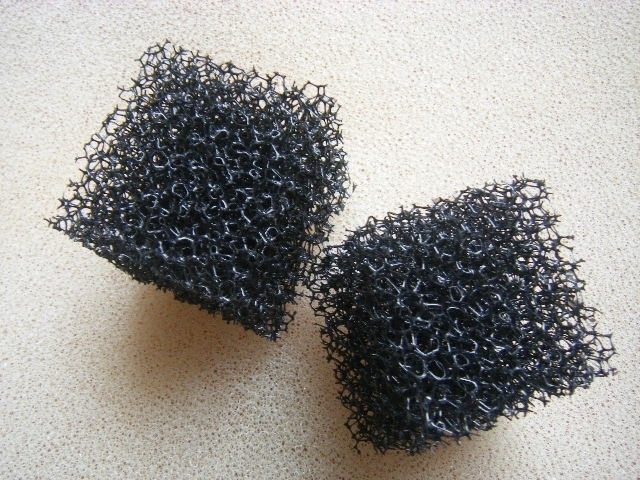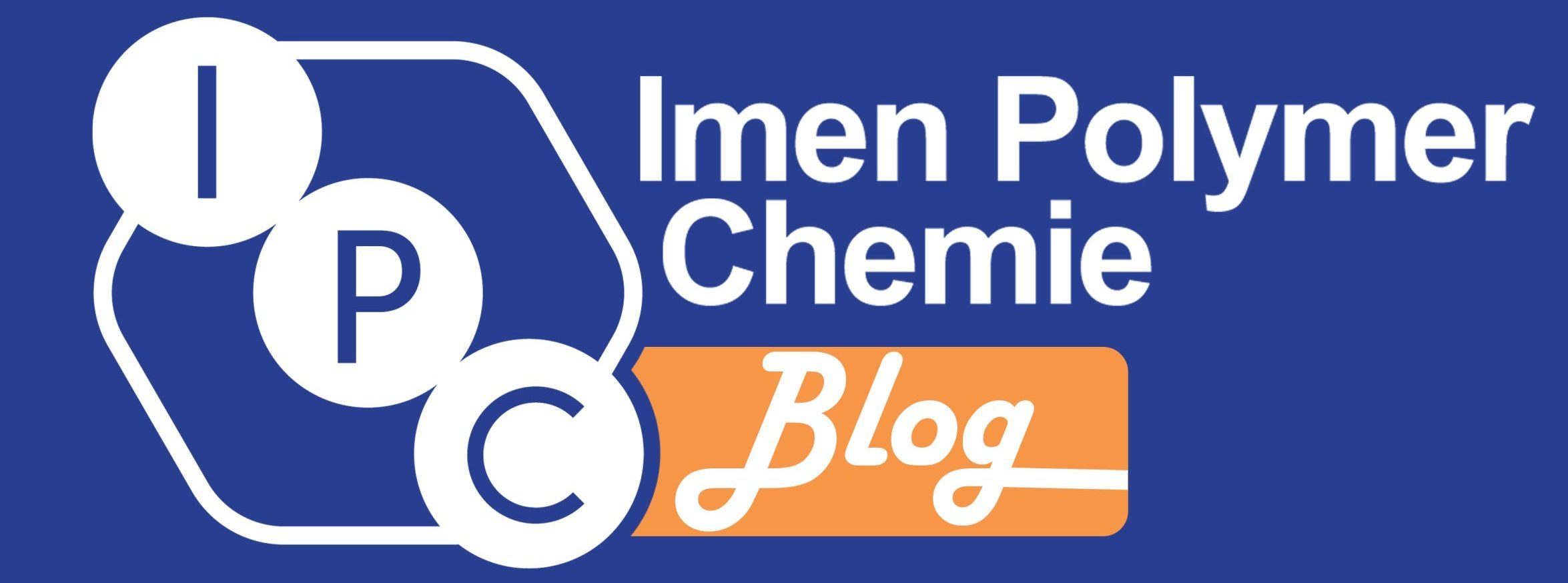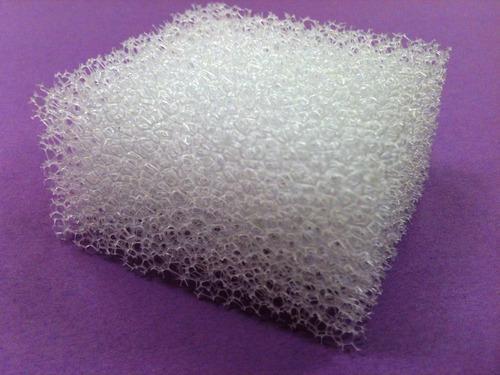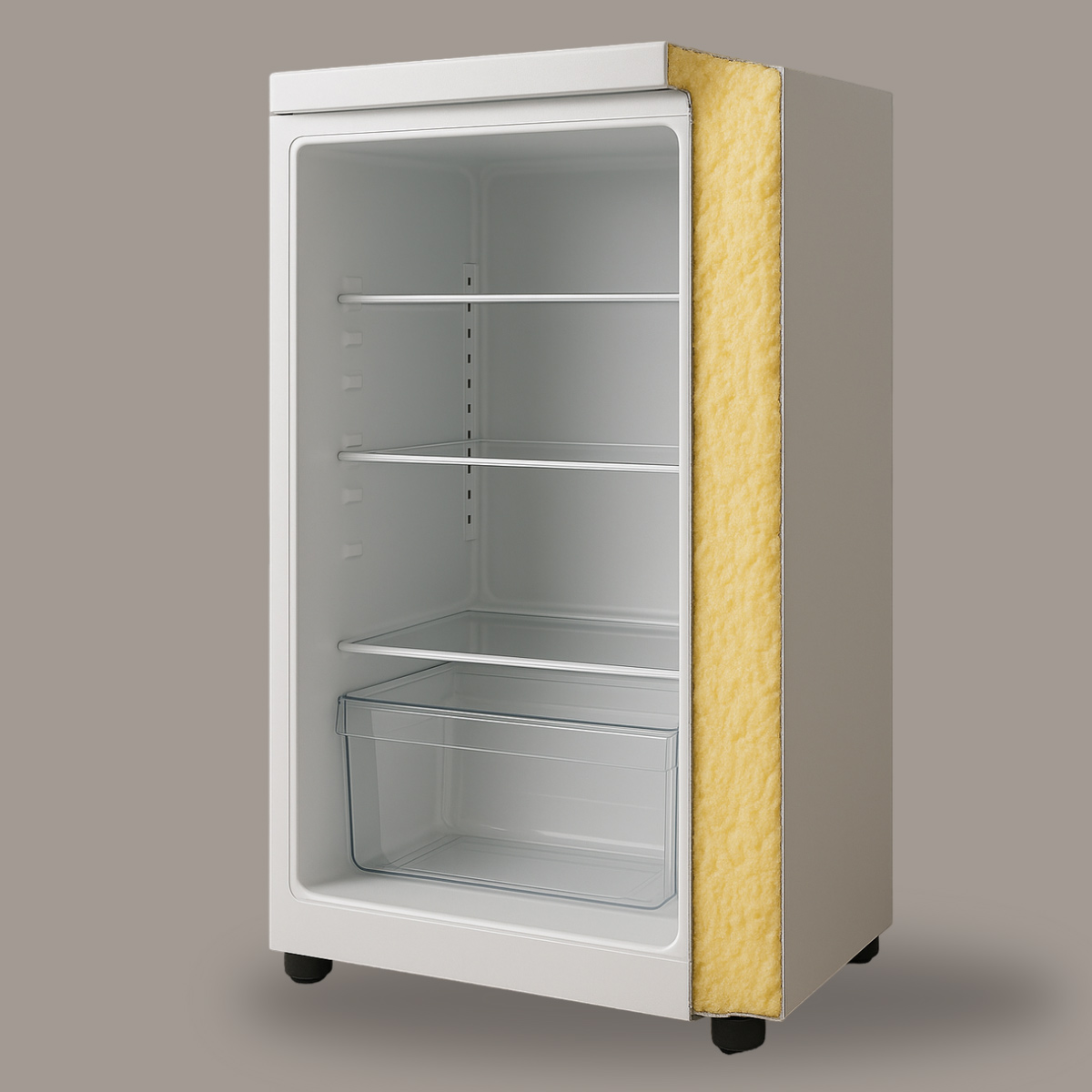Table of contents
Reticulated polyurethane foams are highly porous (97% voids) structures with high specific surface area (which can reach 2400 1/m-1) that permit the passage of gases and liquids but provide barriers against dirt and dust.
The foam was accidentally discovered when the Scott Paper Company, was attempting to develop a household sponge, subjected urethane foam to a strong caustic solution. The caustic soda dissolved away the membrane-like windows that connected the foam network, leaving only a skeletal structure. The newly developed material did not fulfill the original hope of holding water but was later developed for use as air conditioner filters. These filters have the advantage of being easily cleaned for reuse.
Foams of pore sizes ranging from 10 to 100 pores per linear inch are available in reticulated foams and in order to ensure the physical and mechanical properties of the antistatic type ultra-large pore polyurethane reticulated foam, an all-water formulation must be adopted. On one hand, the water consumption in a polyurethane formula system is generally limited to be less than 5 parts; on the other hand, the use of a physical blowing agent such as methylene chloride instead of part of water lowers the heat of reaction, but in the case of a super large cell urethane reticulated foam, not only does it result in a decrease in its physical and mechanical properties, but also the process stability and reproducibility are poor.
The flexible foams feature an open-pore structure with pore sizes and densities engineered specifically to suppress explosions and mitigate noise. The foams resist damage from abrasion, aging, tearing, and most chemicals, and are unaffected within a −50°F to +250°F range. They have a pentagonal dodecahedron geometric shape with 12 plane faces.
Some applications
- Mats
- Microphone covers
- Blackboard erasers
- Porous electrodes
- Scaffolds
- Scrub pads
- Various filters
Reticulated Polyester vs Reticulated Polyether
Reticulated polyurethane foams are available in two primary types, polyether and polyester and a range of densities and colors. The cell membrane removal method for polyester foam is to dissolve membranes with an alkaline solution. The alkali had to be neutralized after application and the reticulated foam washed and dried. The mentioned problem making the method unsuitable for some clinical applications.
As an example, reticulated polyurethane foam with large open cell structure help promote wound healing. The pores that are visible in the foam help to not only move fluid away from the wound base (thus the foam is hydrophobic), but also distributes negative pressure across the wound base. Negative Pressure Wound Therapy systems improve wound healing by removing wound exudate, optimizing blood flow, decreasing tissue oedema and bacterial count, and actively promoting tissue granulation.
The removal of polyether foam membrane can be done by oxidation such as with a potassium perchromate–sulfuric acid solution. One benefit of the process is that it produces a rougher or more etched cell strand which holds liquids better due to surface tension.

Reticulation process
The porosity of reticulated foams is vital when designing a custom component or product. The term “reticulated” simply refers to its netlike structure from the manufacturing reticulation process. In fact, reticulation is a post process in foam manufacturing that removes the window membranes of the cell, leaving only a skeletal structure. Reticulated polyurethane foam is created through one of two methods in the polyurethane manufacturing process. The first method is chemical etching or quenching. The second method is called thermal reticulation or “zapping.” In other words, cell membrane removal methods include compressed air treatment and explosion of hydrogen gas.
- Q foam
Quenching involves running the loaf of foam through a caustic bath of controlled temperature, concentration and duration. The caustic solution attacks and dissolves the window membranes, leaving only the skeletal structure. The foam is then washed, rinsed and dried. One advantage of the quenching process is that it produces more opened cell. This method is not effective in polyether polyurethanes, but it is ideal for polyester-based polyurethane foam. This means that, the method is not useful for some polyurethanes due to the fact that they are hydraulically stable.
One shortcoming of this process is that it leaves a trace powder in the foam; also, the process is time consuming and storing and ultimately disposing a huge amount of alkaline solution is not good for the environment.
- Z foam
It is a process that involves placing a bun of foam in a very large vacuum pressure vessel known as a “zapper”. The vessel is evacuated and filled with an explosive gas mixture. The gas is ignited and a controlled flame front passes through the foam, melting the window membranes and leaving the skeletal structure intact. The benefit of the zapping process is a smooth, clean polished cell stand, works with both polyester and polyether polyurethanes.
To sum up, it can be noted that reticulated polyurethane foam has 100 % open cell skeletons with no cell membranes. The foam is a versatile, open-cell material that is lightweight, low-odor and highly resistant to mildew. It is essentially inert and is thus a candidate for filtration, sound absorption, fluid management, and custom foam padding, for environments prone to moisture. High tensile and tear strength lets reticulated polyurethane foams be cut, shaped, tacked, stitched, laminated, and grommeted. Furthermore, hydraulic and pneumatic systems use reticulated foams to eliminate impurities in air or fluid lines, valves, and other components.





